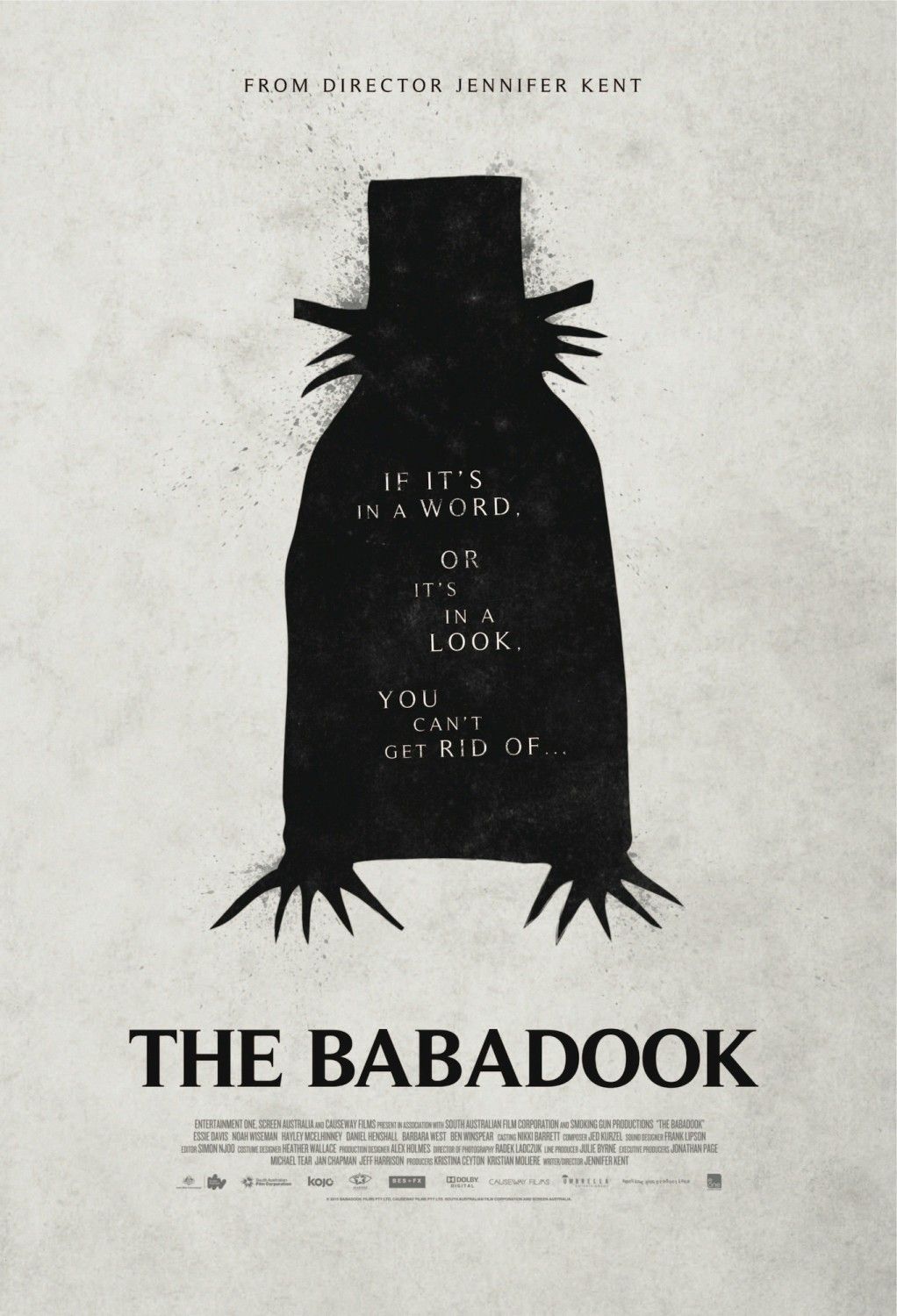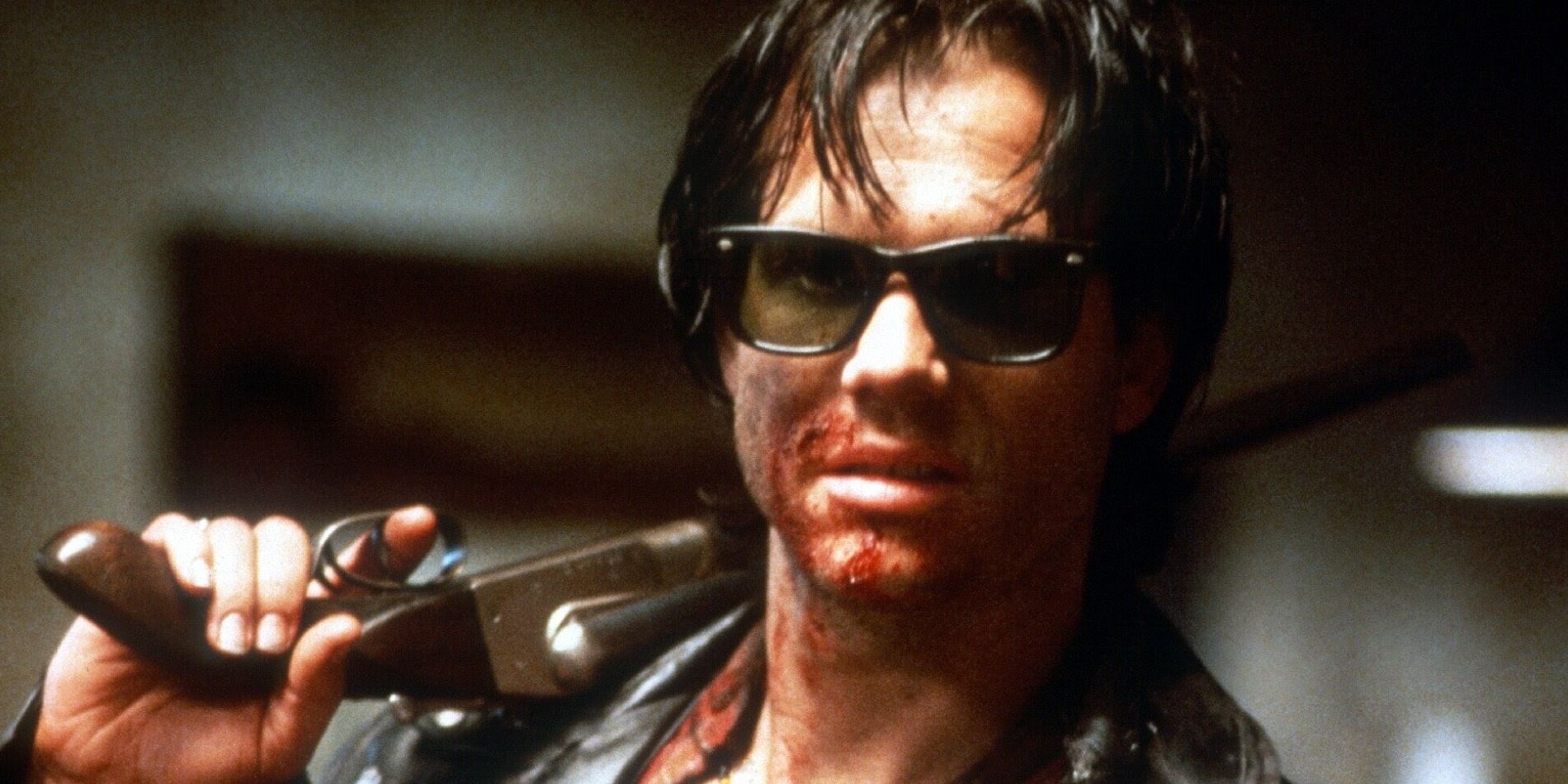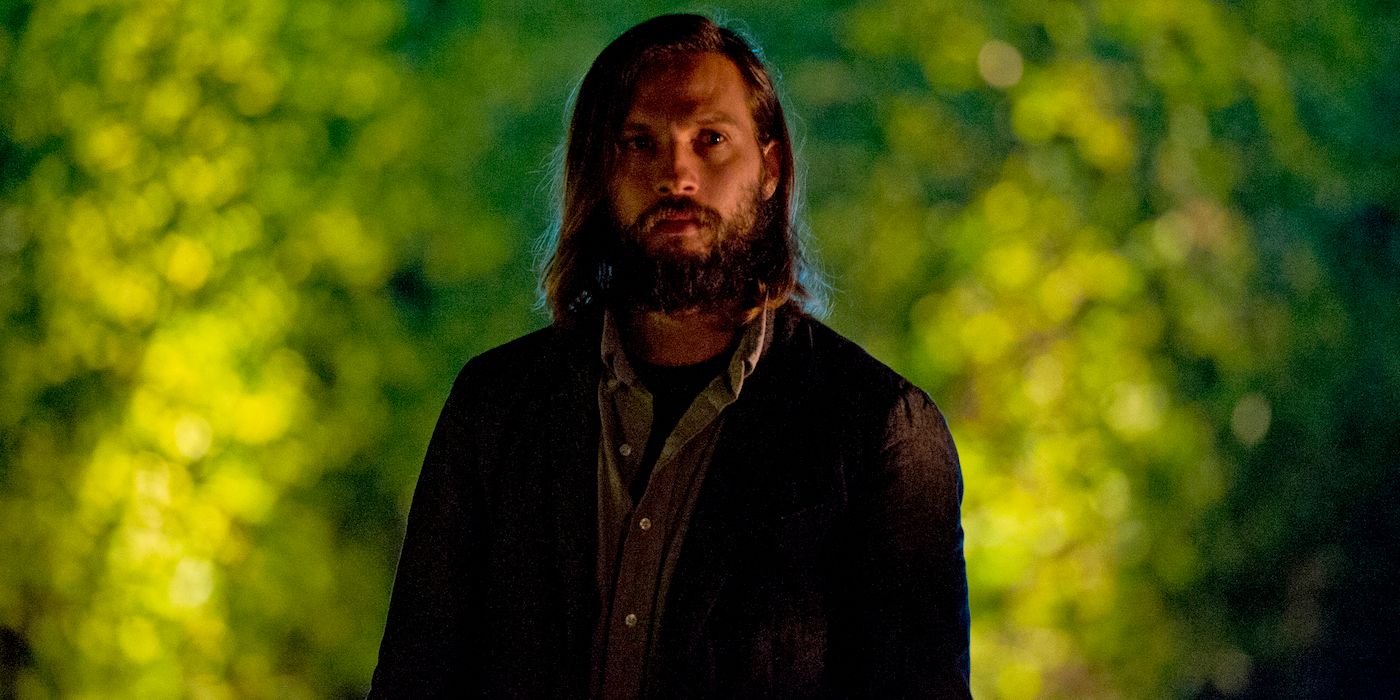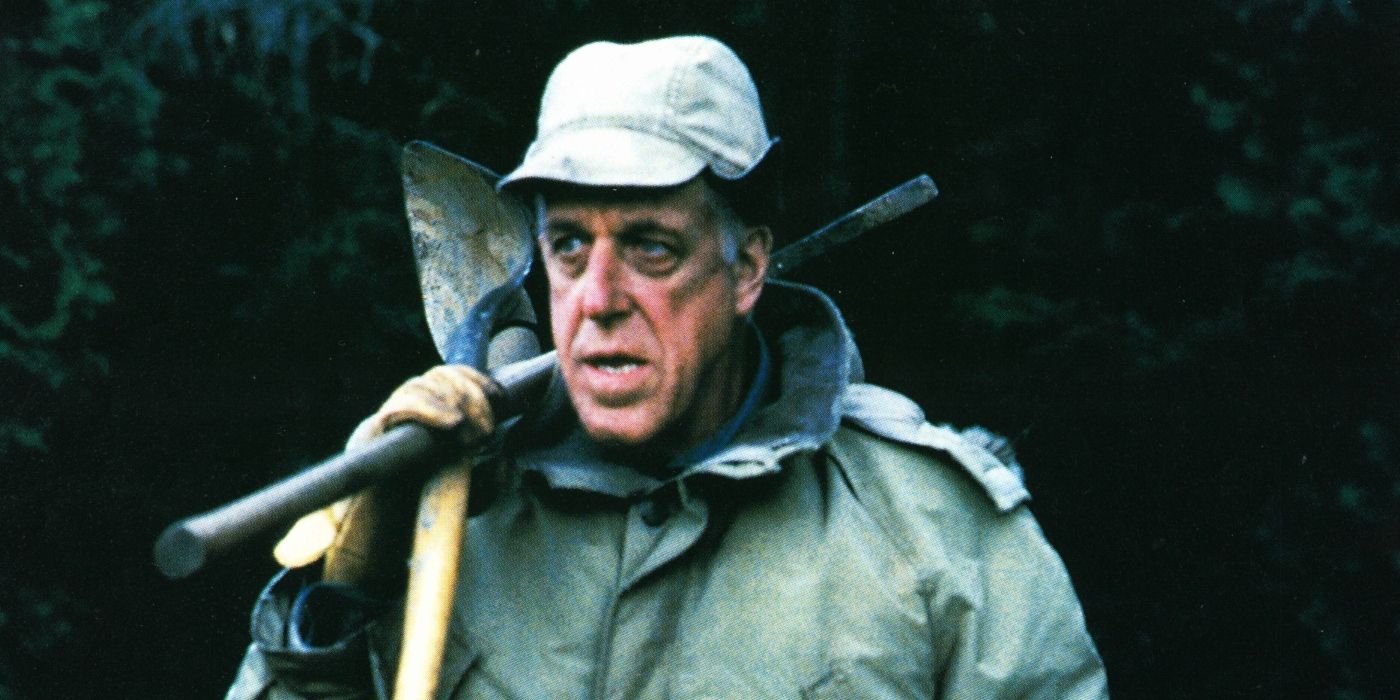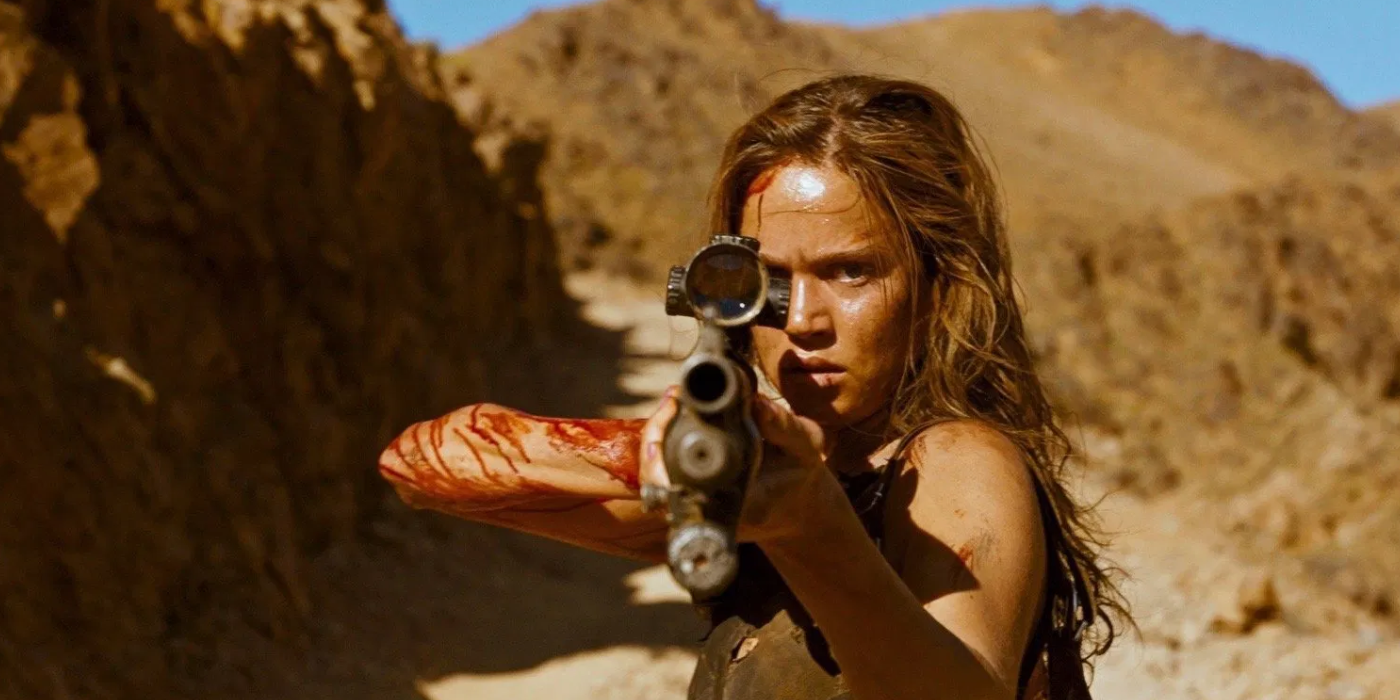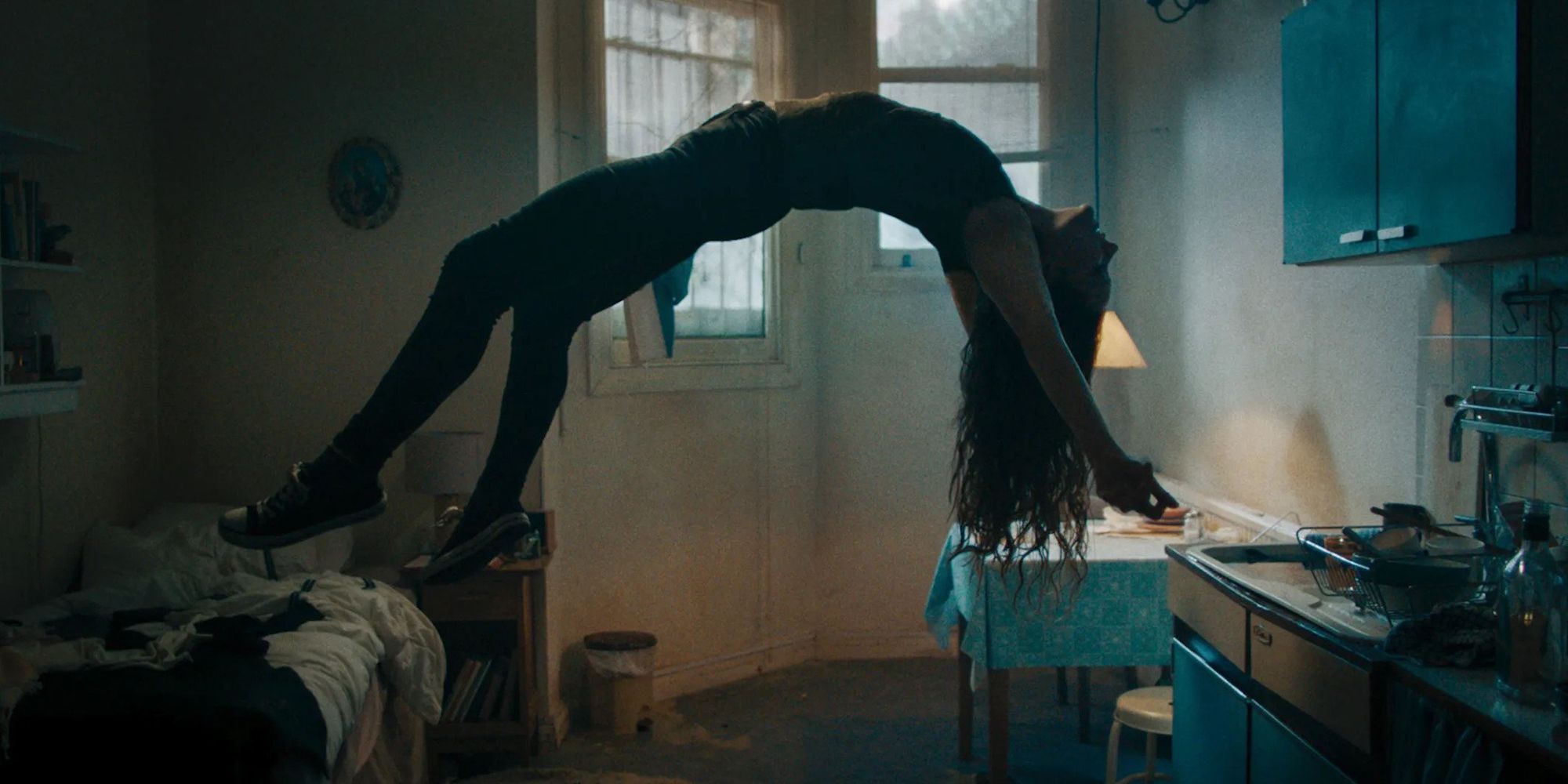Horror cinema owes much to legendary directors who shaped iconic scares. However, beneath the surface lies a rich and unsettling world crafted by visionary women who push boundaries and redefine what it truly means to be afraid.
From exploring psychological turmoil to confronting societal taboos, these directors have brought fresh perspectives that challenge traditional tropes — aspects that can transform a scary movie into a profound exploration of human experience. Their films don’t just aim to shock or startle, but rather to unsettle by delving into universal anxieties and intimate fears. We celebrate some of the scariest horror movies directed by women that stand out not only for their terrifying moments but for the ways they expand the genre.
10
‘Near Dark’ (1987)
Directed by Kathryn Bigelow
Directed by Academy Award-winning Kathryn Bigelow — who would later become the first woman to win an Oscar for Best Director — Near Dark is far more than your traditional vampire flick; its take on the genre comes down to regular people with a really dark side roaming the American backroads. At the heart of the story is Caleb Colton (Adrian Pasdar), your average farm boy who meets the mysterious Mae (Jenny Wright) and gets pulled into her wild world. Before he knows it, he’s bitten and forced to tag along with Mae’s “family” — a bunch of vampires led by Jesse Hooker (Lance Henriksen).
While it might not have made a splash when it first came out, Near Dark has understandably become a cult favorite. Showing the ugly side of vampirism without ever holding back, this 1987 film is elevated by its unexpected violence. Paired with a great cast, bold story, and Bigelow’s direction, Near Dark keeps viewers engaged not only through its narrative but also through style.
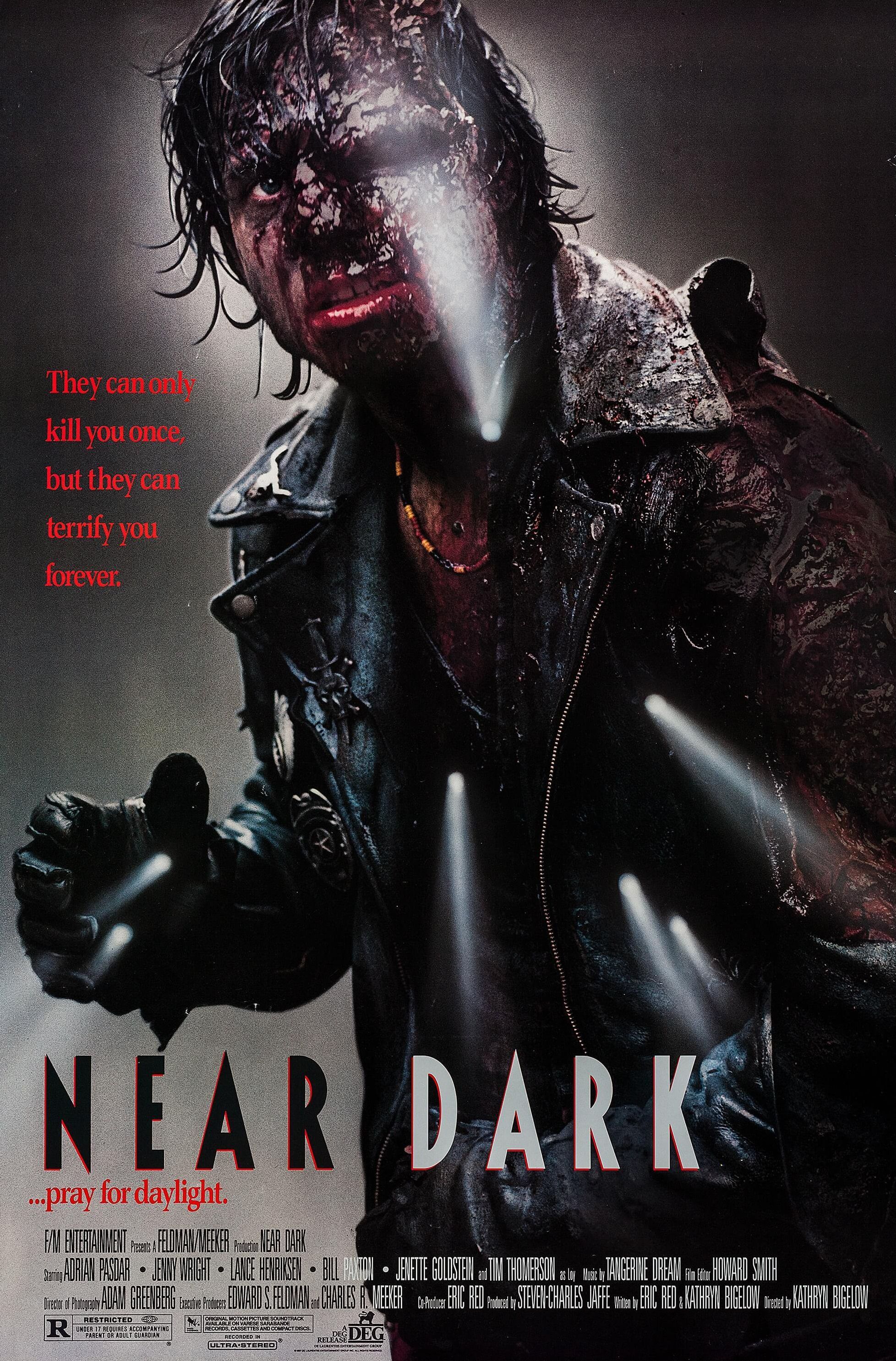
9
‘The Invitation’ (2015)
Directed by Karyn Kusama
This slow-burning psychological horror by Karyn Kusama follows Will (Logan Marshall-Green), who, along with his girlfriend Kira (Emayatzy Corinealdi), attends a gathering hosted by his ex-wife Eden (Tammy Blanchard) and her new husband David (Michiel Huisman). However, what starts as an awkward reunion quickly spirals into something far more sinister.
Aside from the razor-sharp direction, what makes The Invitation unsettling is how it toys with the audience’s nerves from the start; instead of relying on jump scares, the movie builds dread and tension relentlessly as the guests are slowly drawn into the hosts’ cult-like beliefs. And when the horror finally erupts, it’s equally shocking and brutal. For those who enjoy fan-favorite films such as Get Out or Midsommar, the highly atmospheric and unnerving The Invitation is a great pick.
8
‘Pet Sematary’ (1989)
Directed by Mary Lambert
Based on Stephen King‘s horror novel of the same name — with King writing the screenplay for the movie adaptation — Mary Lambert‘s Pet Sematary is the kind of film that doesn’t shy away from taboo territory, tapping into primal fears and the consequences of tampering with forces beyond our understanding. The film follows the Creed family as they move from Chicago to rural Maine. When the clan’s cat is tragically killed by a truck, they bury it in a mysterious pet cemetery located near their home, one whispered about by locals and cloaked in dark legend.
Equally heartbreaking and terrifying, Pet Sematary shocks in its visceral horror through some genuinely unforgettable moments, including graphic violence and disturbing imagery. Add that to the constant threat of the highway and eerie, oppressive atmosphere, and Lambert’s book-to-screen adaptation is a haunting, must-watch horror film by a female director that doesn’t hold back from showing the consequences of human choice.
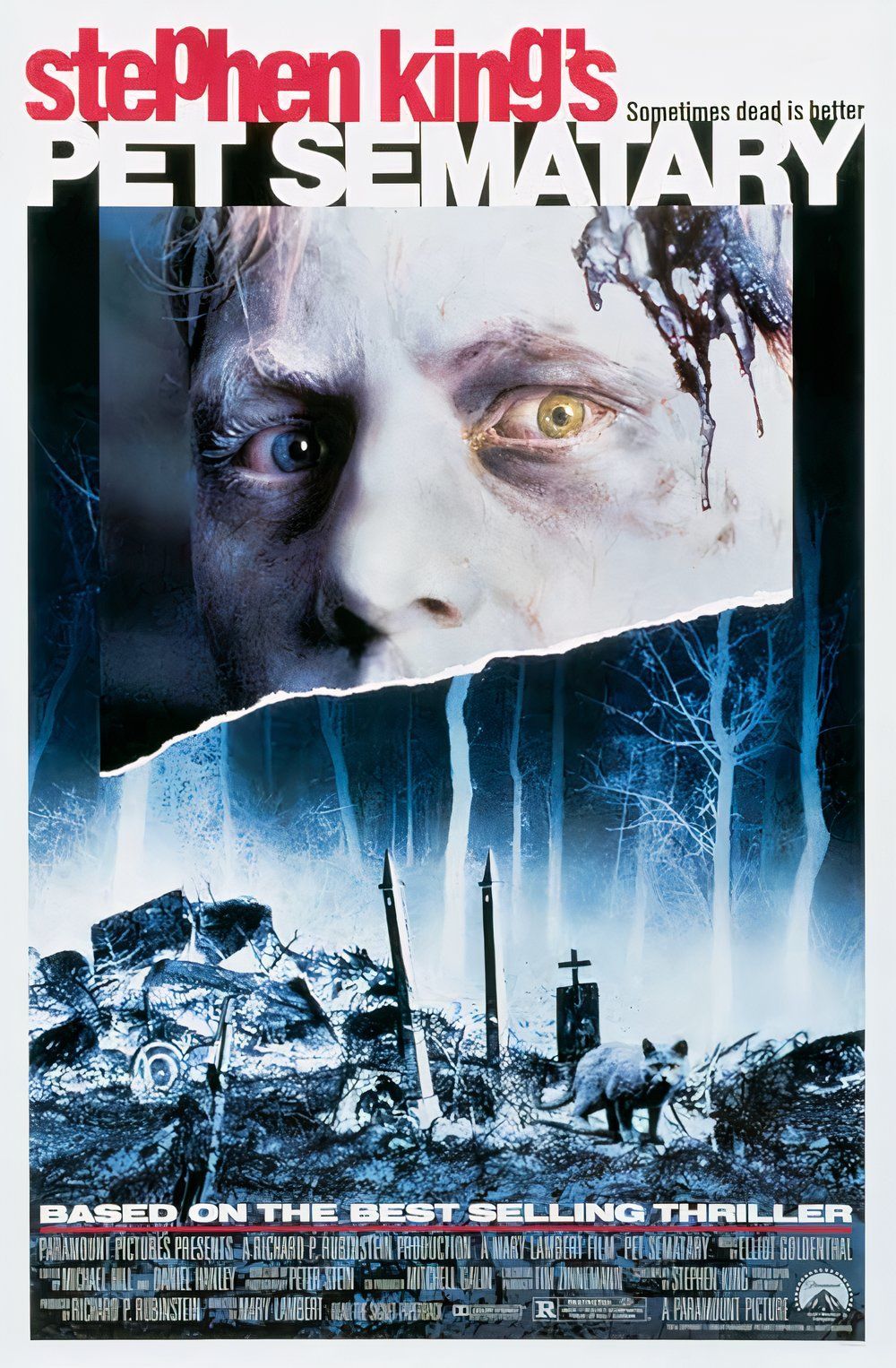
7
‘In My Skin’ (2002)
Directed by Marina de Van
Directed by and starring Marina de Van, In My Skin follows an ambitious young professional in Paris who seems to have it all — success at work, a loving boyfriend (Laurent Lucas), and a promising future ahead. However, after a freak accident at a party leaves her with a deep gash in her leg, Esther becomes disturbingly fascinated by her own body, leading her curiosity to spiral into a compulsive cycle of self-mutilation and cannibalization.
A cornerstone of the New French Extremity movement and arguably one of the best horror movies by female directors, In My Skin stands out as a visceral part of the wave of boundary-pushing horror that’s equally psychological and physical. Anchored by de Van’s arresting performance and noteworthy direction, the movie unsettles through its unflinching depiction of self-mutilation and the way it blurs the line between pain and pleasure. Beneath the shock, however, lies a sharp critique of the relentless pressure placed on women to be successful, attractive, and emotionally composed, resulting in a deeply personal, if also deeply twisted, exploration of female embodiment and autonomy.
6
‘Watcher’ (2022)
Directed by Chloe Okuno
After moving to Bucharest with her husband (Karl Glusman), Julia (Maika Monroe) finds herself isolated by language and culture, spending her days alone in their apartment until she notices a mysterious neighbor (Burn Gorman) watching her from a window across the street. As news spreads of a serial killer known as “the Spider” targeting women in the city, Julia’s unease grows.
Chloe Okuno‘s feature debut is a slow-burning, suspenseful watch that draws inspiration from none other than Hitchcock‘s Rear Window, only through a modern and female-centric lens. Thanks to Okuno’s direction and Monroe’s performance, Watchers creates a simmering anxiety that never lets up: at its core, the movie is terrifying because it presents real, plausible fears — those of not being believed and being watched in your own home. Viewers who appreciate movies rooted in isolation, realism, and tension will probably not regret giving this disturbing watch — no pun intended — a try.
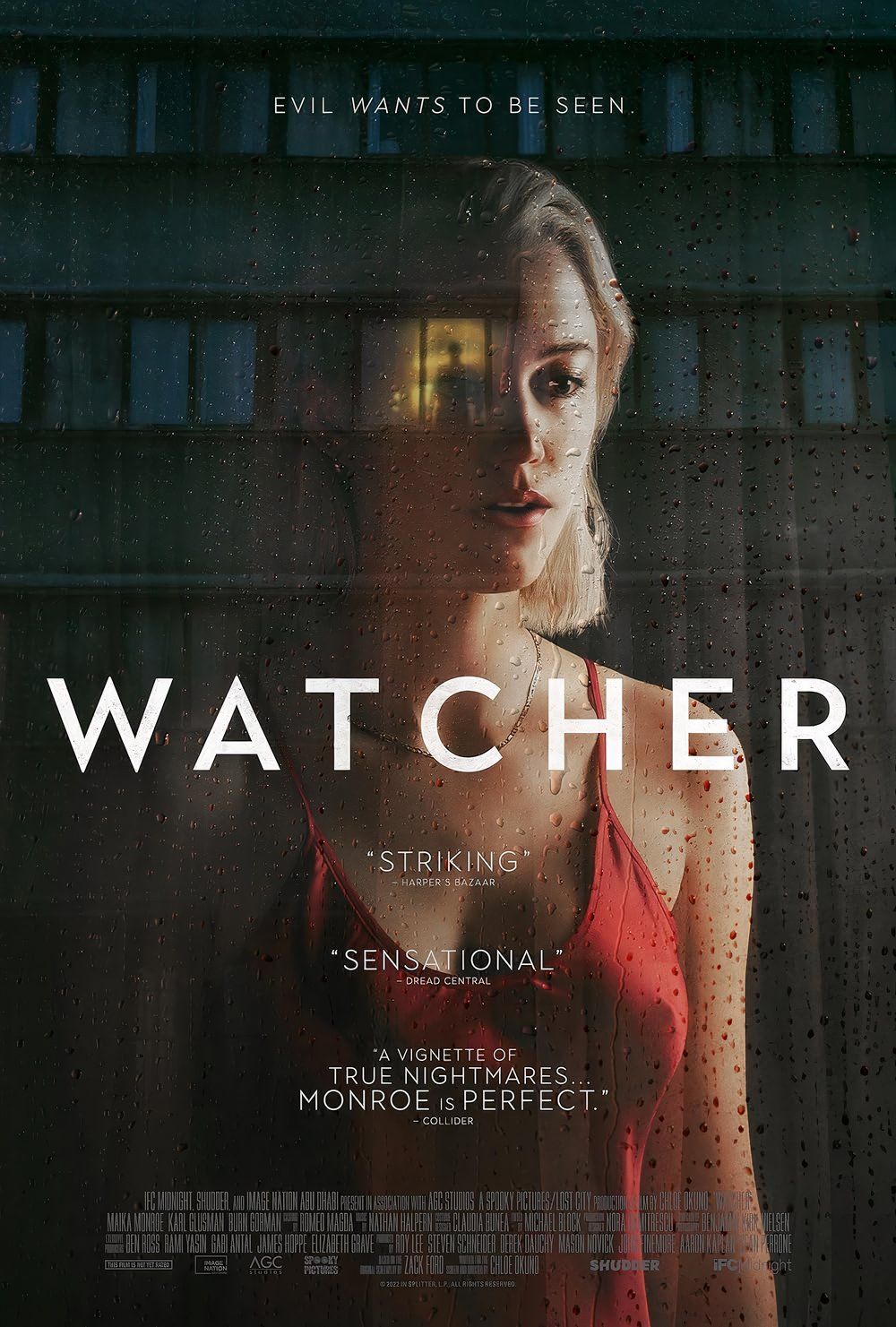
5
‘Revenge’ (2017)
Directed by Coralie Fargeat
Coralie Fargeat‘s hyperstylized Revenge is a reimagining of the sexual assault-revenge genre that puts its heroine — and its audience — through hell and back. The story focuses on Jen (Matilda Lutz), who joins her wealthy lover Richard (Kevin Jansses) at his remote desert villa for a secret getaway. However, when Richard’s hunting buddies arrive, things take a horrifying turn: Jen is assaulted, and when she threatens to expose them, they attempt to murder her by pushing her off a cliff.
The blood-spattered Revenge is terrifying because of the brutality of its heart-shattering narrative, but also because of its raw energy — audiences can expect extreme violence, gunfights, and some of the most inventive gore in recent times. By flipping the genre’s conventions and refusing to linger on Jen’s suffering (Lutz delivers a worthy performance), Fargeat’s film stands out from the rest.
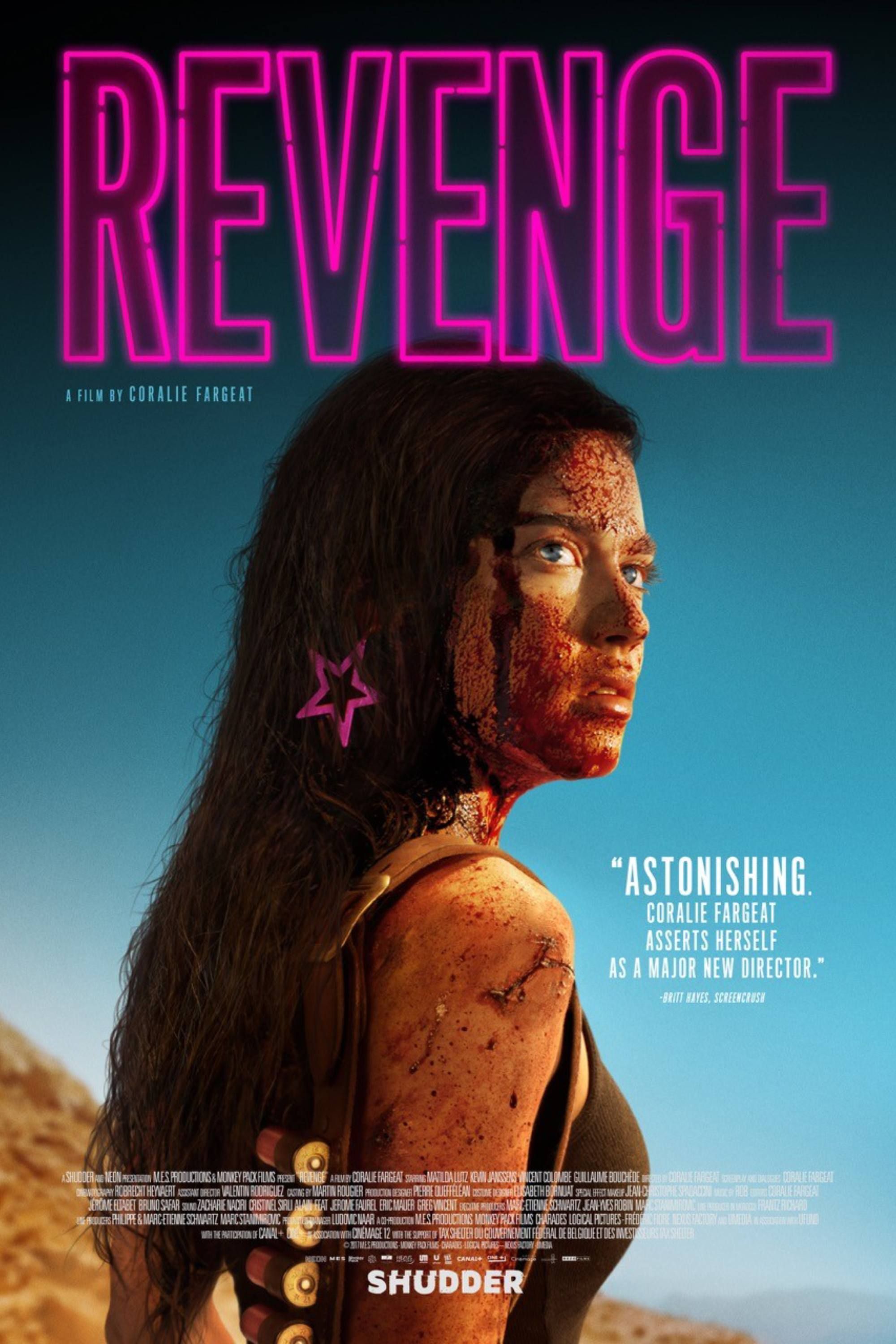
4
‘Relic’ (2020)
Directed by Natalie Erika James
Sharing thematic DNA with Hereditary, Natalie Erika James‘ Relic is a deeply unsettling and emotionally charged horror film that uses the haunted house trope to explore the devastating reality of declining mental health and family trauma. At its center are three generations of women: Kay (Emily Mortimer), her daughter Sam (Bella Heathcote), and her elderly mother Edna (Robyn Nevin). When Edna mysteriously disappears from her rural home, Kay and Sam arrive to search for her, only for Edna to return just as mysteriously.
What follows is a descent into a living nightmare where grief, loss, and the erosion of identity take on both literal and metaphorical forms. Not only does Relic frighten, but it also devastates, crafting a horror experience that makes audiences feel both terrified and moved, anchored by a narrative that is equal parts compassionate and chilling.
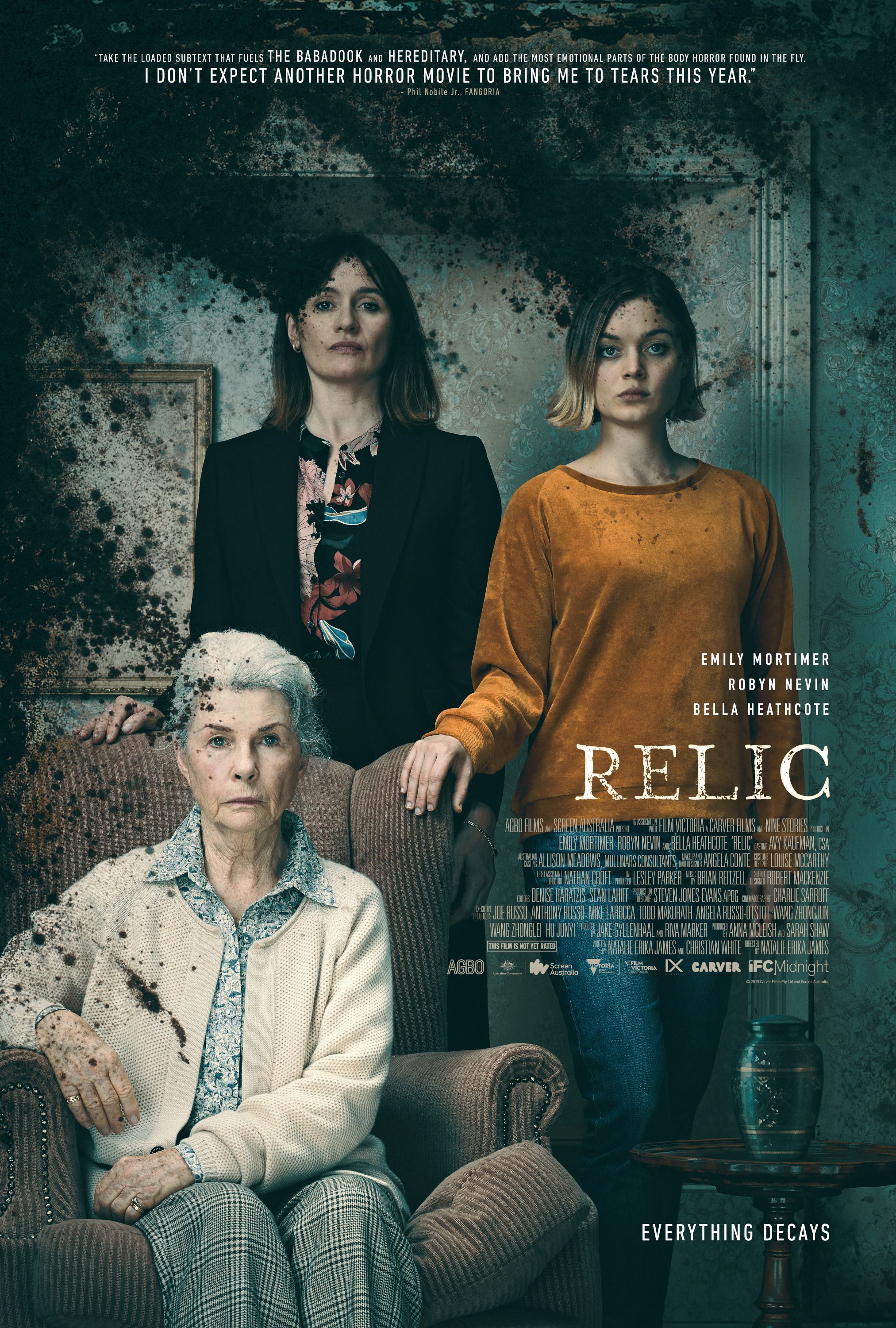
Relic
- Release Date
-
July 10, 2020
- Runtime
-
89 minutes
- Director
-
Natalie Erika James
- Writers
-
Christian White, Natalie Erika James
3
‘Raw’ (2016)
Directed by Julia Ducournau
Much like In My Skin, Raw doesn’t hold back from confronting the visceral and grotesque aspects of the human — particularly female — experience, using graphic imagery and physicality to explore what it means to inhabit a female body. Julia Ducournau‘s picture illustrates the slow-burning psychological unraveling of a shy vegetarian (Garance Marillier) who arrives at a veterinary school and is thrust into a world of peer pressure. After being forced to eat raw meat for the first time, Justine’s body and appetite begin to change in disturbing ways.
This unconventional coming-of-age picture uses body horror to explore identity, desire, and the monstrous side of growing up. Under Ducournau’s fearless direction, Raw doesn’t shy away from uncomfortable, stomach-churning scenes of cannibalism, where every scene is filmed with an intensity that’s hard to forget. While certainly not for the squeamish, Raw is a must-see for body horror fans who crave something bold, fresh, and surprisingly poignant.
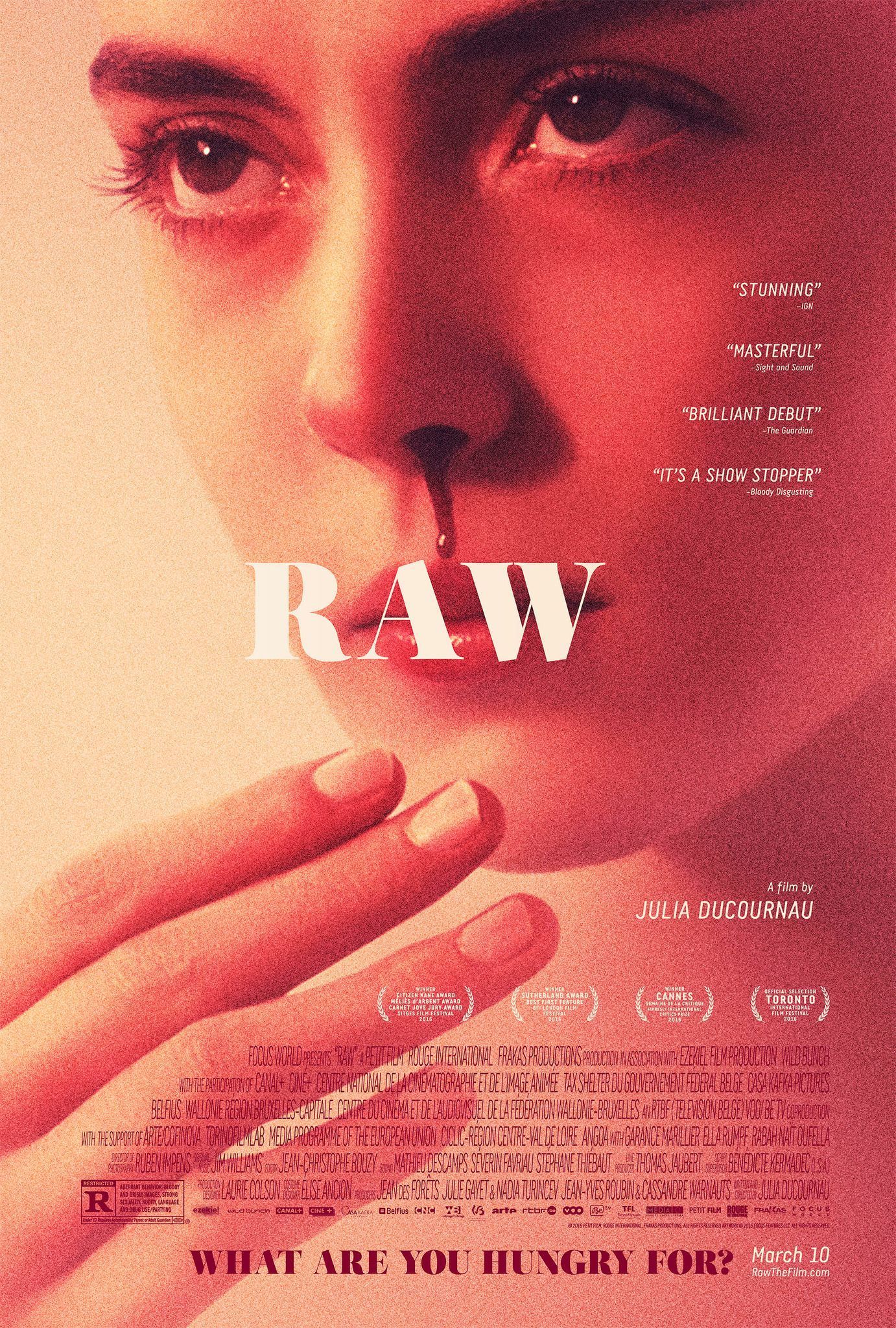
2
‘Saint Maud’ (2019)
Directed by Rose Glass
Told entirely from Maud’s unreliable perspective, this female-directed scary movie follows a deeply religious, newly converted nurse who takes a job as a private carer for Amanda (Jennifer Ehle), a once-famous dancer now dying of cancer. Isolated in an English seaside town, Maud becomes obsessed with saving Amanda’s soul, convinced that God has given her a higher purpose. However, her devotion clashes with Amanda’s hedonistic lifestyle, and the relationship grows tense.
What’s intriguing about Glass’ direction is that it keeps viewers guessing, using haunting visuals and sound design to blur the line between religious and mental illness. With a thick, eerie atmosphere that heightens the sense of dread, Saint Maud is a thought-provoking yet terrifying watch that taps into fears about faith, guilt, and the fragility of the human mind. It challenges audiences to confront the fine line between devotion and delusion. The result? A must-see exploration of faith’s power to heal and destroy.
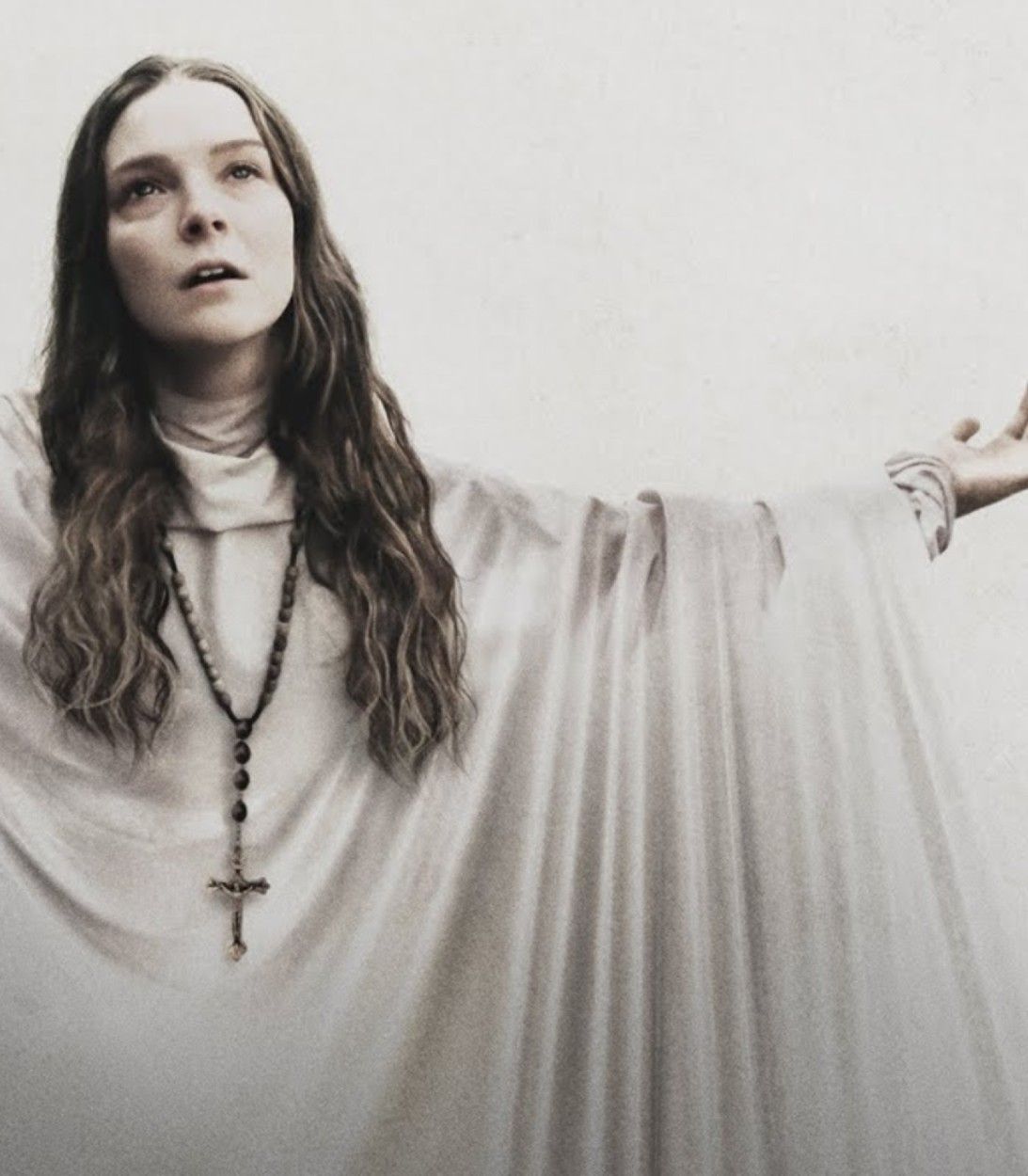
1
‘The Babadook’ (2014)
Directed by Jennifer Kent
Arguably the most unforgettable horror film directed by a woman in recent memory, Jennifer Kent‘s The Babadook unravels as a chilling psychological horror about loss, motherhood, and the monsters we feed and create. The plot follows Amelia (Essie Davis), still reeling from her husband’s tragic death. She struggles to care for her troubled young son (Noah Wiseman), whose fears grow more intense after a mysterious pop-up book called “Mister Babadook” appears in their home.
Kent crafts horror from the ordinary, using shadowy visuals and jarring sound design to keep audiences alert and on edge. The film’s atmosphere is also thick with dread, fueled by both the lurking presence of the Babadook and the unspoken pain that permeates every scene. All in all, The Babadook‘s power lies in the ambiguity — whether the real monster is a supernatural entity or a manifestation of Amelia’s suppressed grief and rage — and that’s exactly why it terrifies. By perfectly balancing the otherworldly with the deeply human, the film taps into universal fears, grounding its horror in Amelia’s emotional turmoil and internal struggles.
